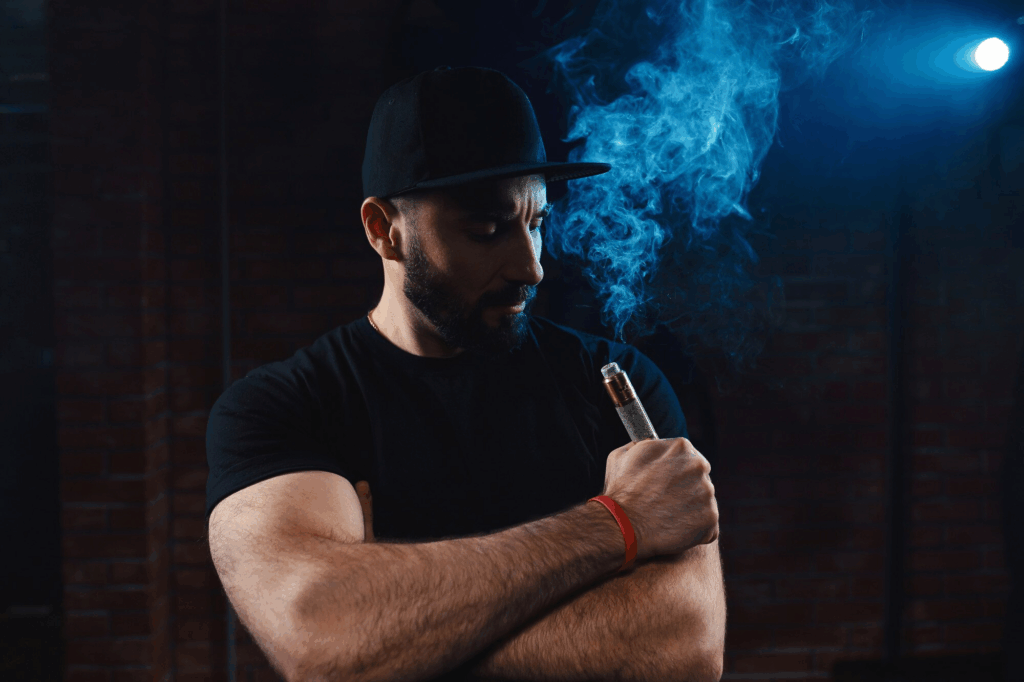Given the “permanent” impacts of vaping, an expert has chimed in on why “prevention” rather than “treatment” is the only viable option.
It was disclosed earlier this year that a 17-year-old who had vaped for three years had been diagnosed with bronchiolitis obliterans, the scientific term for “popcorn lung,” an irreversible illness.
Donal O’Shea, a chemistry professor at RCSI University of Medicine and Health Sciences, has spoken out about the severity of “popcorn lung” and the reasons the phrase originated when vapes first appeared.
The specialist also clarified why the flavouring chemical used in vapes is what might harm the body so severely and permanently.

Professor O’Shea explained in an article for The Conversation that the phrase “popcorn lung” originated when a number of employees experienced lung issues as a result of working at a microwave popcorn factory that employed the chemical diacetyl.
Like the popcorn factory, flavouring vapes include diacetyl, a substance that turns into a “toxic inhalant” when it is aerosolised.
According to Professor O’Shea, “It causes inflammation and scarring in the bronchioles (the smallest branches of the lungs), making it increasingly difficult for air to move through.”
He warns, “There’s no cure for popcorn lung. Once the lungs are damaged, treatment is limited to managing symptoms.”
“This can include bronchodilators, steroids, and in extreme cases, lung transplantation. For this reason, prevention – not treatment – is the best and only defence.”
Furthermore, diacetyl is not the only chemical present in vapes that has this impact.
Diacetyl inhalation causes “permanent” and “often disabling lung damage.”
Even though diacetyl is currently prohibited in e-cigarettes in the UK and the EU, it nevertheless finds its way into illicit goods.
Additionally, it is still present in US and other jurisdictions’ products.
However, other harmful substances can potentially “cause” popcorn lung.
According to Professor O’Shea: “Including volatile carbonyls like formaldehyde and acetaldehyde – both of which have also been detected in e-cigarette vapours.”
He notes that specialists have estimated that there are “more than 180 different flavouring agents used in e-cigarette products today,” some of which have not been “tested for inhalation safety” and which, “when heated,” break down into “new compounds.”
“Because vapers’ lungs are exposed to so many chemicals, it’s not possible to directly prove that diacetyl is the cause of the disease in any specific case. But that doesn’t negate the proven risks of inhaling it,” he continues. “Even if diacetyl isn’t the sole culprit, cumulative exposure to multiple chemicals and their byproducts could increase the risk of popcorn lung and other respiratory conditions.”
As a result, he thinks that the only viable approach to vaping is “prevention” rather than “treatment.”




